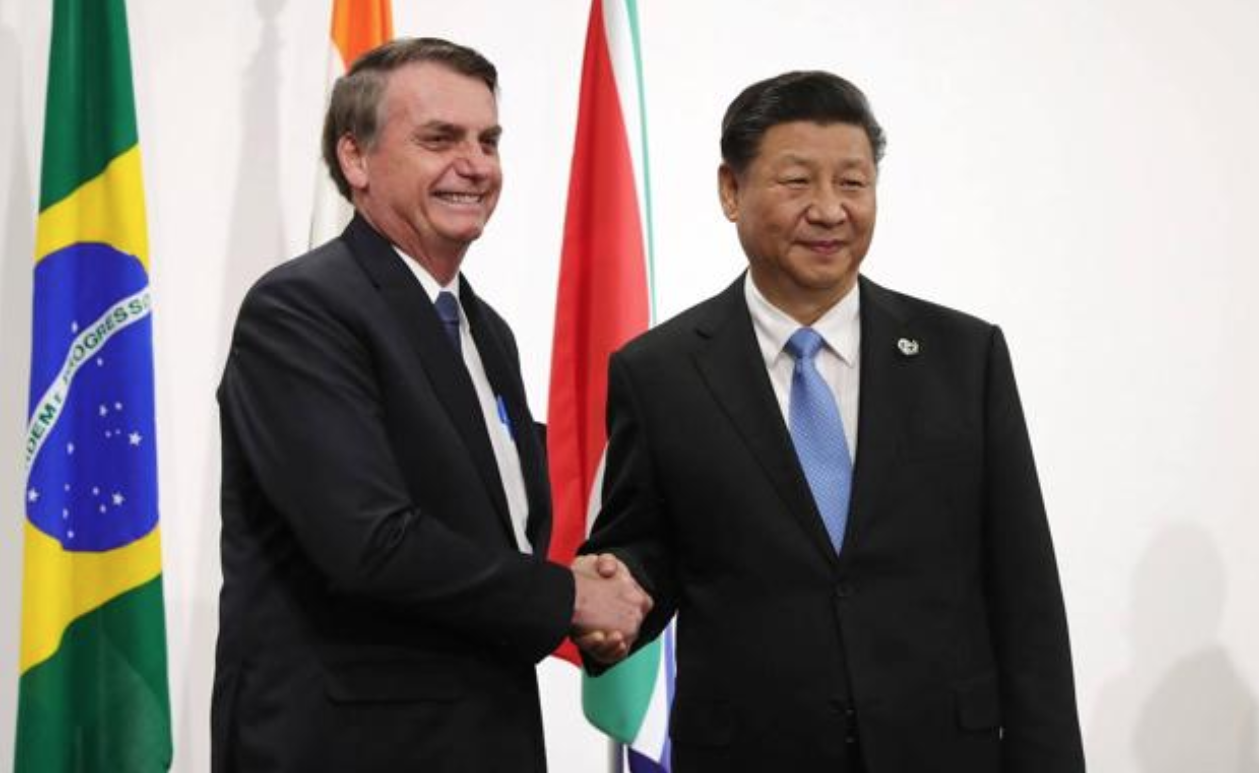International dynamics give no respite to the economy and international trade, which leads organizations and analysts to constantly revise economic projections for the coming months. The truth is that it is no longer possible to anticipate what will happen in the global economy, and the alternative is to limit oneself to identifying possible scenarios.
Currently, all the world’s attention is focused on the war in Ukraine, which started in February 2022 and is going through a phase of escalation, given Vladimir Putin’s annexation of four more Ukrainian provinces. Together with Crimea, annexed in 2014, Russia controls 22% of Ukraine’s territory and the richest portion in agricultural products and minerals. Added to this, is Putin’s possible use of nuclear weapons.
But unexpected limits have also been reached in the U.S.- China confrontation over Taiwan, given the visit of U.S. House Speaker Nancy Pelosi to the island. While tensions between the two major global powers are stabilizing, North Korea is making its presence felt with a series of missile launches, some of which have even crossed Japanese territory.
In this context, the world’s major economies are facing enormous challenges and are already showing unsatisfactory economic results so far in 2022. Naturally, the war in Ukraine has had an impact on international prices, not only for food products but also for energy, which has affected domestic prices with high levels of inflation recently.
Recently, and due to the monetary and financial policies (interest rates) followed by the main powers, in addition to a certain recovery and the increase in supply levels, international prices have suffered a significant drop, although they are still at historically high prices.
On the other hand, there is the China factor, which has suffered the effects of its zero COVID policy on the economy, especially due to the drastic decisions of mandatory quarantines and port closures, as occurred in Shanghai. Although a gradual lifting of restrictive measures in China is expected to begin after the Communist Party’s Central Committee, full stabilization may not be achieved until mid-2023.
In fact, according to data from the International Monetary Fund (IMF), in the second quarter of 2022 China’s economy fell by 2.6%, while that of the United States and the United Kingdom, 0.1% (in the case of the world’s leading power, it would be the second consecutive quarter of decline). Meanwhile, Japan grew 0.5% in the second quarter of this year, and the Eurozone, 0.6%.
In addition, the IMF forecasts economic growth for 2022 and 2023 to be at the lowest rates so far in the 21st century and expects an even worse situation with the total cut-off of gas supply from Russia to the European Union, which increases the risks of a recession. On the other hand, the World Trade Organization (WTO) revised its projections for world trade growth for 2023, and this will be at the worst rate in recent decades.
In this scenario of economic globalization and interdependence, Latin America is not exempt from the global crisis, especially due to the importance of the world’s major economies as export destination markets. For example, in China, where there has been a decline in sales to that market (as well as the aforementioned decrease in international prices of some products).
In addition, in times of uncertainty, the dollar strengthens, which has implications for the debt levels of many Latin American countries. These, in turn, are impacted by interest rate hikes to control inflation. This process makes the financing rates of many emerging economies more expensive.
On the other hand, and beyond the effects just mentioned, some Latin American countries are performing better than projected, even with the upward revision of expected growth for the remainder of the year. The capacity to produce agricultural products and processed foods (although there are climatic threats), as well as, in some cases, energy goods in a very competitive manner (with the capacity to export to the world), is a huge differential in the current situation in which there are structural supply limitations.
In a context of instability, with ongoing wars and fears of even greater difficulties, concepts linked to food security and the continuity of supply chains place many Latin American countries in a position of comparative advantage, which must be exploited and complemented with structural reforms that are still pending.
* This text was originally published on the REDCAEM website.
Translated from Spanish by Janaína Ruviaro da Silva













